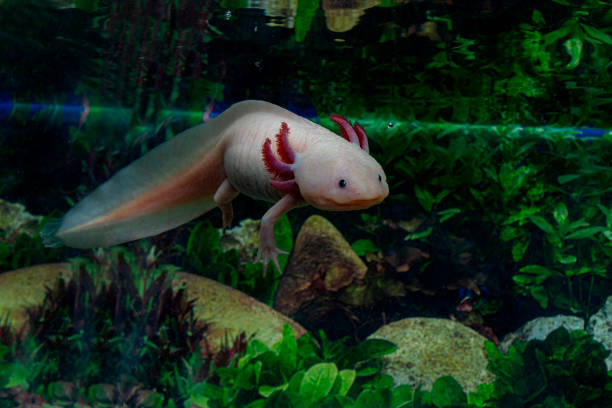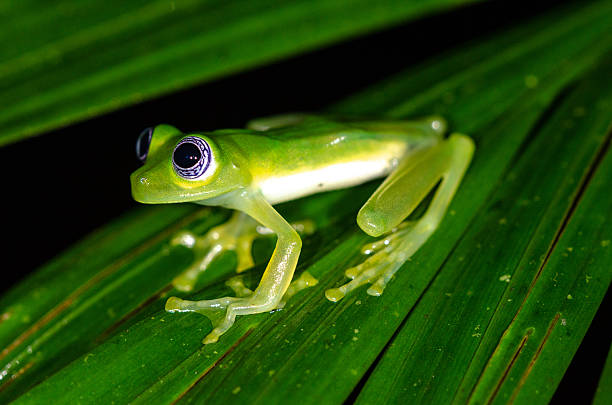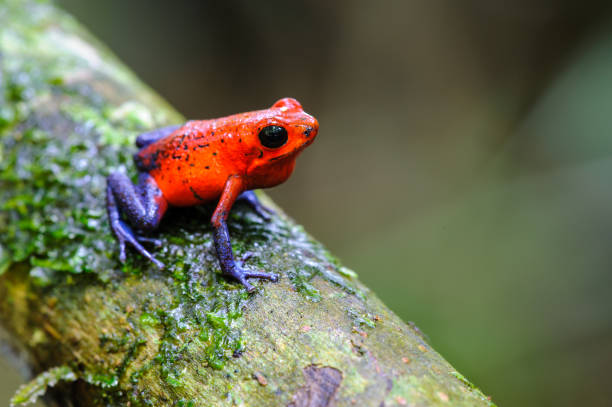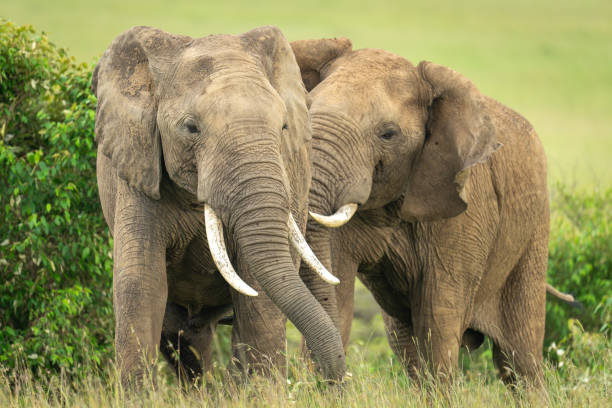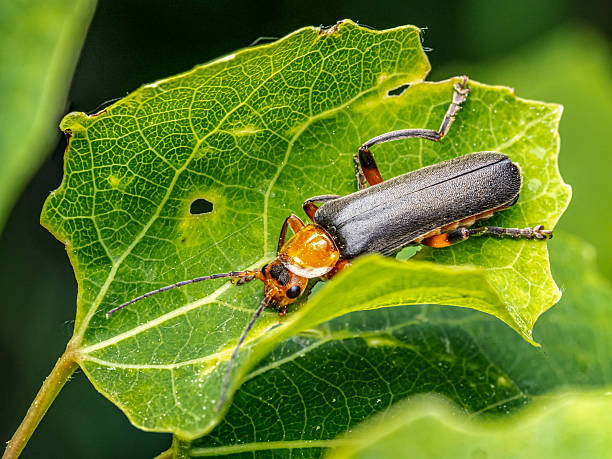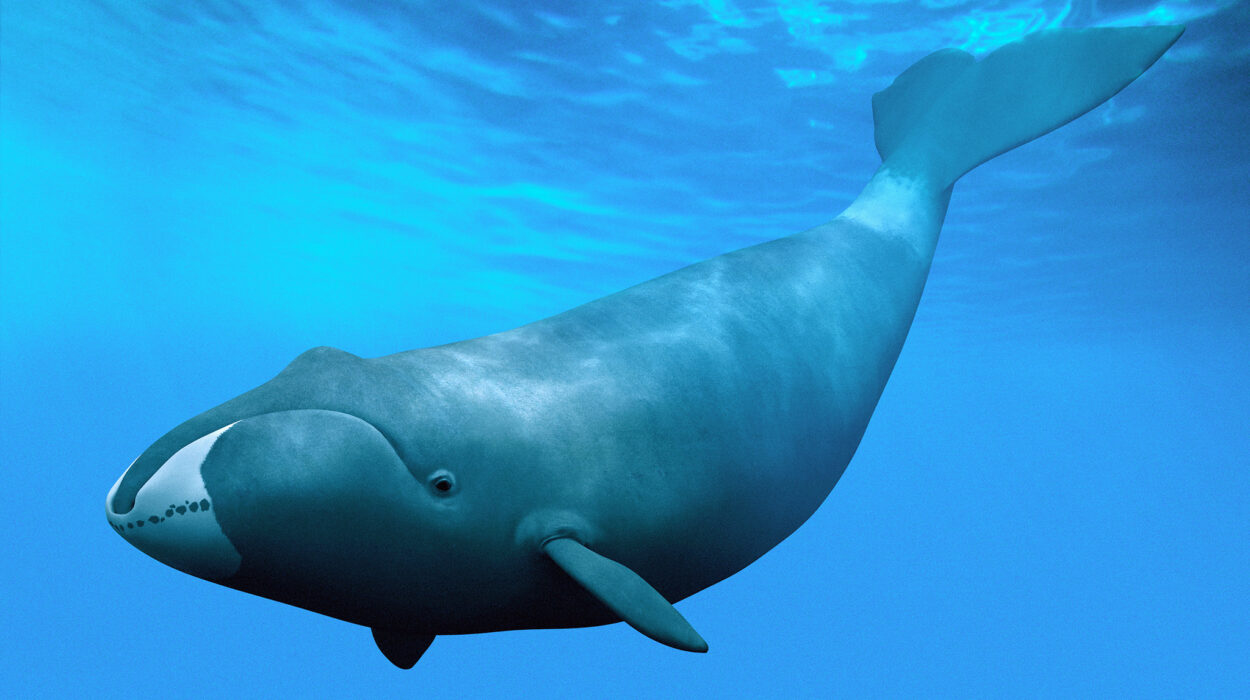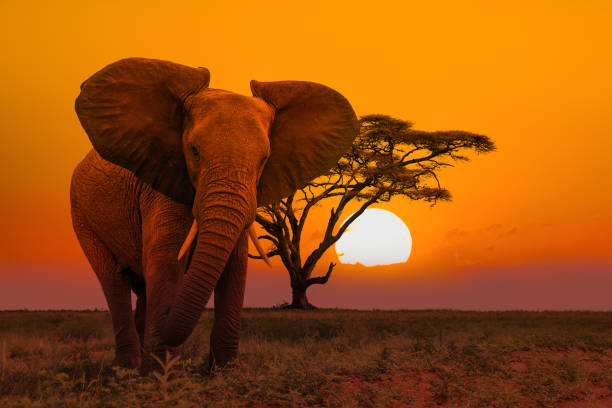Our planet is alive with wonders — from the icy depths of the Arctic to the steaming jungles of the Amazon, from pitch-black ocean trenches to sunlit mountain peaks. Yet even after centuries of exploration, there remain creatures so strange, so elusive, that science still struggles to explain them. These animals defy classification, blur the lines between species, and challenge everything we thought we knew about evolution.
Some seem to come from ancient eras — living fossils that time forgot. Others possess abilities that appear to mock biology itself: immortality, shapeshifting, glowing skin, or vanishing acts that baffle even the most advanced technology. They inhabit the shadowy corners of our planet — deep caves, murky seas, isolated forests — places where human curiosity still meets mystery.
But these mysteries aren’t just puzzles for scientists. They are reminders that the natural world still holds secrets, that wonder is not extinct, and that discovery is an endless adventure. Each unexplained creature is a whisper from evolution’s hidden pages, a living riddle that humbles our knowledge and ignites our imagination.
In this exploration, we journey across the Earth — from the smallest jellyfish that cheats death to the ghostly mammals of misty mountains — to meet 20 of the most mysterious animals scientists still can’t fully explain. Their stories blend science with wonder, fact with fascination, reminding us that, even in the age of satellites and gene sequencing, nature’s greatest magic lies in what we still don’t know.
1. The Platypus – Nature’s Living Paradox
Few creatures have baffled science as deeply as the platypus. When European naturalists first discovered it in Australia, they thought it was a hoax — a duck’s bill stitched onto a beaver’s body. Even today, the platypus remains one of evolution’s most confounding creations.
It lays eggs like a reptile, nurses its young like a mammal, and hunts using electroreception like a shark. Males even have venomous spurs on their hind legs — the only mammals known to deliver venom. Its genetic code reads like a biological time capsule, blending traits of mammals, birds, and reptiles.
Despite centuries of study, scientists still struggle to pinpoint exactly how and why such a bizarre creature evolved. The platypus is living proof that nature’s imagination far exceeds our own.
2. The Axolotl – The Perpetual Child of the Animal Kingdom
The axolotl, a salamander native to the lakes around Mexico City, is the eternal youth of the animal world. Unlike other amphibians, it never undergoes full metamorphosis. It retains its feathery gills, aquatic lifestyle, and larval features for its entire life — a condition known as neoteny.
Even more astonishing is its regenerative power. The axolotl can regrow limbs, spinal cords, and even parts of its heart and brain — without scarring. Scientists have studied this ability for decades, hoping to unlock the secrets of tissue regeneration in humans.
Yet, the molecular magic behind this power remains elusive. The axolotl defies aging and injury alike, a creature frozen in youth and mystery.
3. The Narwhal – The Unicorn of the Sea
Sailing through the icy waters of the Arctic, the narwhal looks like a myth brought to life. Its spiraled tusk — an elongated tooth that can grow up to ten feet long — has inspired centuries of legends.
For a long time, no one knew its true purpose. Was it a weapon? A tool? A symbol of dominance? Recent research suggests it may act as a sensory organ, detecting changes in temperature, pressure, and salinity in the water.
But the full story remains untold. Why only males have tusks (with rare exceptions in females) and how exactly they use them in social behavior continues to puzzle marine biologists. The narwhal is a whisper from the deep, an echo of evolution’s artistry.
4. The Colossal Squid – The Deep Sea’s Hidden Giant
While legends of giant squids have haunted sailors for centuries, the colossal squid is the real-life leviathan that lurks in the Southern Ocean’s abyss. It’s larger, heavier, and more elusive than its giant squid cousin, with eyes the size of dinner plates — the largest in the animal kingdom.
Little is known about this deep-sea monster. Only a handful of specimens have ever been recovered, most from fishing nets or washed ashore. Its behavior, life cycle, and role in the oceanic ecosystem are largely speculative.
Some scientists believe it engages in titanic battles with sperm whales, whose bodies often bear the squid’s circular scars. The colossal squid remains the deep ocean’s ghost — seen but not truly understood.
5. The Immortal Jellyfish – Death’s Defier
Imagine a creature that can live forever. The Turritopsis dohrnii, known as the immortal jellyfish, can reverse its aging process, returning from adulthood back to its juvenile form when threatened or injured.
This biological time-loop makes it theoretically immortal — the only known creature capable of escaping death by aging.
How this process works at the cellular and genetic level is still largely a mystery. The jellyfish’s regenerative cycle defies biology’s most fundamental law: everything must age and die. Researchers hope understanding its secret might one day help humans slow, or even reverse, aging itself.
6. The Saola – The Asian Unicorn
Discovered only in 1992 in Vietnam’s Annamite Mountains, the saola is one of the rarest and most enigmatic mammals on Earth. With its elegant, parallel horns and gentle face, it looks like something out of a legend.
Scientists have barely observed it in the wild. It avoids human contact so successfully that fewer than a dozen photos exist. Its population is unknown, and no one understands its behavior, diet, or breeding habits in detail.
Some researchers fear it may already be on the edge of extinction, vanishing before we ever truly meet it. The saola remains a ghost of the forest — a reminder that Earth still holds secrets beyond our sight.
7. The Giant Squid – The Kraken That Turned Out to Be Real
For centuries, sailors told tales of the Kraken — a monstrous sea creature capable of dragging ships to their doom. Science dismissed it as myth until the giant squid was confirmed to exist.
These elusive creatures, reaching up to 45 feet in length, live in the inky depths of the world’s oceans. For a long time, they were known only through carcasses washed ashore or found in whale stomachs.
Only recently have scientists managed to capture live footage of one in its natural habitat. Even now, much about its life remains hidden — how it hunts, how it mates, how it navigates the crushing darkness of the deep. The giant squid is proof that the world’s myths often begin in truth.
8. The Goblin Shark – The Living Fossil of the Deep
With its elongated snout and jaws that shoot forward like a nightmare, the goblin shark is often called a “living fossil.” It’s the last surviving member of a lineage that dates back over 125 million years.
Its pinkish skin and eerie appearance make it seem otherworldly, as if plucked from a time before dinosaurs. Its behavior, however, remains poorly understood. Because it lives in deep waters, sightings are rare, and most knowledge comes from accidental captures.
Scientists can only guess how it hunts or reproduces. Its elastic jaw mechanism — capable of snapping forward faster than the blink of an eye — is one of evolution’s strangest adaptations.
9. The Yeti Crab – The Hairy-Handed Mystery
Discovered in 2005 near hydrothermal vents in the South Pacific, the Yeti crab (Kiwa hirsuta) looks like a creature from a fantasy novel. Its pale, hairy claws are covered in fine setae that host bacteria.
Scientists believe the crab farms these bacteria as a food source, brushing them through mineral-rich water to feed them — a strange kind of underwater agriculture.
But the details of its life remain uncertain: how it reproduces, how long it lives, and how it thrives in such extreme heat and pressure. The Yeti crab is a tiny, glowing enigma from the planet’s hidden depths.
10. The Tasmanian Tiger – Extinct or Still Alive?
The thylacine, better known as the Tasmanian tiger, was declared extinct in 1936. But reports of sightings continue to emerge from Tasmania’s wilderness.
This striped marsupial predator once roamed Australia and New Guinea. It looked like a cross between a wolf and a kangaroo, with a stiff tail and pouch like a kangaroo’s. Despite being extinct, occasional videos and eyewitness accounts fuel speculation that a few may still survive, hidden deep in the bush.
Scientists remain cautious but intrigued. Genetic research is even exploring ways to bring the species back through de-extinction. Whether alive or reborn, the thylacine remains a haunting mystery from evolution’s lost pages.
11. The Glowing Sea Turtle – The Ocean’s Bioluminescent Wonder
In 2015, marine biologists filming near the Solomon Islands stumbled upon something breathtaking: a hawksbill sea turtle glowing with radiant greens and reds.
This was the first recorded case of biofluorescence in a reptile. While many ocean creatures glow to communicate or camouflage, no one knows why a turtle would need this ability.
Was it an evolutionary accident? A hidden survival strategy? Or perhaps a clue to an ancient biological link between reptiles and deep-sea species? The glowing turtle remains one of nature’s most luminous riddles.
12. The Olm – The Blind Prophet of the Caves
Hidden in the limestone caves of the Balkans lives the olm, a pale, eel-like amphibian that can survive for over a century — and go without food for up to ten years.
Completely blind, it navigates its pitch-black world using specialized sensory organs that detect changes in water pressure and electric fields.
Despite decades of study, scientists still cannot fully explain how the olm’s metabolism slows to near stasis, allowing it to survive in nutrient-starved environments. It’s a ghost of evolution, adapted perfectly to eternal darkness.
13. The Blue Dragon – The Ocean’s Floating Jewel
The blue dragon (Glaucus atlanticus) is a sea slug of surreal beauty. It drifts upside down on the ocean’s surface, its vivid blue and silver body shimmering in sunlight.
But don’t let its elegance fool you — it feeds on venomous jellyfish, storing their stingers and reusing them as weapons.
How this tiny creature can withstand and repurpose such deadly toxins remains a mystery. It’s a floating paradox: both fragile and fearsome, both predator and artwork.
14. The Maned Wolf – The Phantom of the South American Grasslands
Tall, slender, and ethereal, the maned wolf looks like a fox stretched on stilts. Yet it is neither wolf nor fox, but a species entirely its own.
Its strange appearance has long confused scientists, as has its solitary nature and haunting, high-pitched call. Even its diet defies expectations — it is an omnivore that eats as many fruits as small animals.
Researchers are still unraveling the evolutionary history that gave rise to such a unique predator. The maned wolf is a walking myth — elegant, elusive, and utterly alien.
15. The Kakapo – The Night Parrot That Forgot How to Fly
The kakapo is a giant, flightless parrot from New Zealand — and one of the rarest birds on Earth. With its mossy green feathers and owl-like face, it seems more a creature of dreams than of forests.
It’s nocturnal, smells like honey, and cannot fly — a combination no other bird possesses. But what truly mystifies scientists is how such a species evolved to thrive without flight, relying instead on stealth and scent in a world once free of mammalian predators.
Human arrival brought cats and rats, and the kakapo nearly vanished. Today, a small population survives through intense conservation. Still, its quirky biology — from mating behavior to vocal communication — continues to fascinate and puzzle researchers.
16. The Barreleye Fish – The Transparent-Headed Enigma
Deep in the ocean’s twilight zone swims the barreleye fish, one of the strangest creatures ever seen. Its head is transparent, revealing its glowing green eyes moving freely inside a clear dome.
This adaptation allows the fish to look upward through its own skull, spotting prey silhouetted against faint light from above.
Yet how it evolved such a delicate, glass-like head — and how it avoids damage in high-pressure depths — remains an unanswered question. The barreleye fish seems more like a science fiction creation than a real animal.
17. The Panda Ant – The Velvet Killer
Despite its name, the panda ant isn’t an ant at all — it’s a wingless wasp found in Chile. Its adorable black-and-white coat contrasts with its brutal sting, among the most painful in the insect world.
How such extreme coloration evolved — seemingly making it more visible to predators — confounds entomologists. Some suspect it’s a warning signal, others think it mimics other toxic insects.
The panda ant’s behavior, reproduction, and venom chemistry are still being studied, but one thing is certain: beneath its cute exterior lies a formidable survivor.
18. The Mimic Octopus – The Shape-Shifter of the Sea
In the shallow waters of Indonesia lives the mimic octopus, a master of disguise that can imitate other sea creatures — from lionfish and flatfish to sea snakes.
It doesn’t just change color; it changes posture, movement, and even behavior to deceive predators. Scientists are awed by its cognitive flexibility.
How such complex mimicry evolved — and whether the octopus “decides” what to imitate based on context — remains uncertain. It blurs the line between instinct and intelligence in ways few animals do.
19. The Ribbon Eel – The Gender-Bending Beauty
Few fish are as visually mesmerizing as the ribbon eel, with its electric blue body and fluttering fins. But its biology is even more fascinating: every ribbon eel begins life as male, and later transforms into female.
This gender transition, known as protandry, is not unique to eels, but the ribbon eel’s transformation process is poorly understood. How it regulates hormones, anatomy, and timing in such a dramatic shift continues to intrigue marine biologists.
The ribbon eel embodies transformation itself — graceful, mysterious, and fluid in every sense.
20. The Loch Ness Monster – Myth or Misidentified Marvel?
No list of mysterious animals would be complete without the legend of the Loch Ness Monster. Though most scientists attribute sightings to waves, logs, or large eels, the myth persists — not because of evidence, but because of hope.
Nessie represents something deep in human nature: our need to believe that the unknown still exists. And while no physical proof has surfaced, recent studies of Loch Ness DNA revealed several large, unidentified eel sequences — enough to keep curiosity alive.
Whether it’s a myth or a misunderstood reality, the Loch Ness Monster symbolizes all that physics and biology can’t yet measure — the wonder that drives discovery.
The Beauty of the Unknown
These twenty creatures, real and rumored, remind us that our planet is still full of secrets. Even in an age of satellites and genetic mapping, nature retains her mysteries — deep-sea monsters, glowing reptiles, shapeshifting octopuses, and “extinct” predators that may still roam unseen.
Each of these animals challenges our understanding of evolution, adaptation, and survival. They prove that life is far more inventive than we can imagine.
Science seeks answers, but mystery gives it purpose. For as long as the platypus confounds, the axolotl regenerates, and the saola hides, humanity will keep looking — eyes wide with wonder — into the vast, untamed beauty of the living world.
